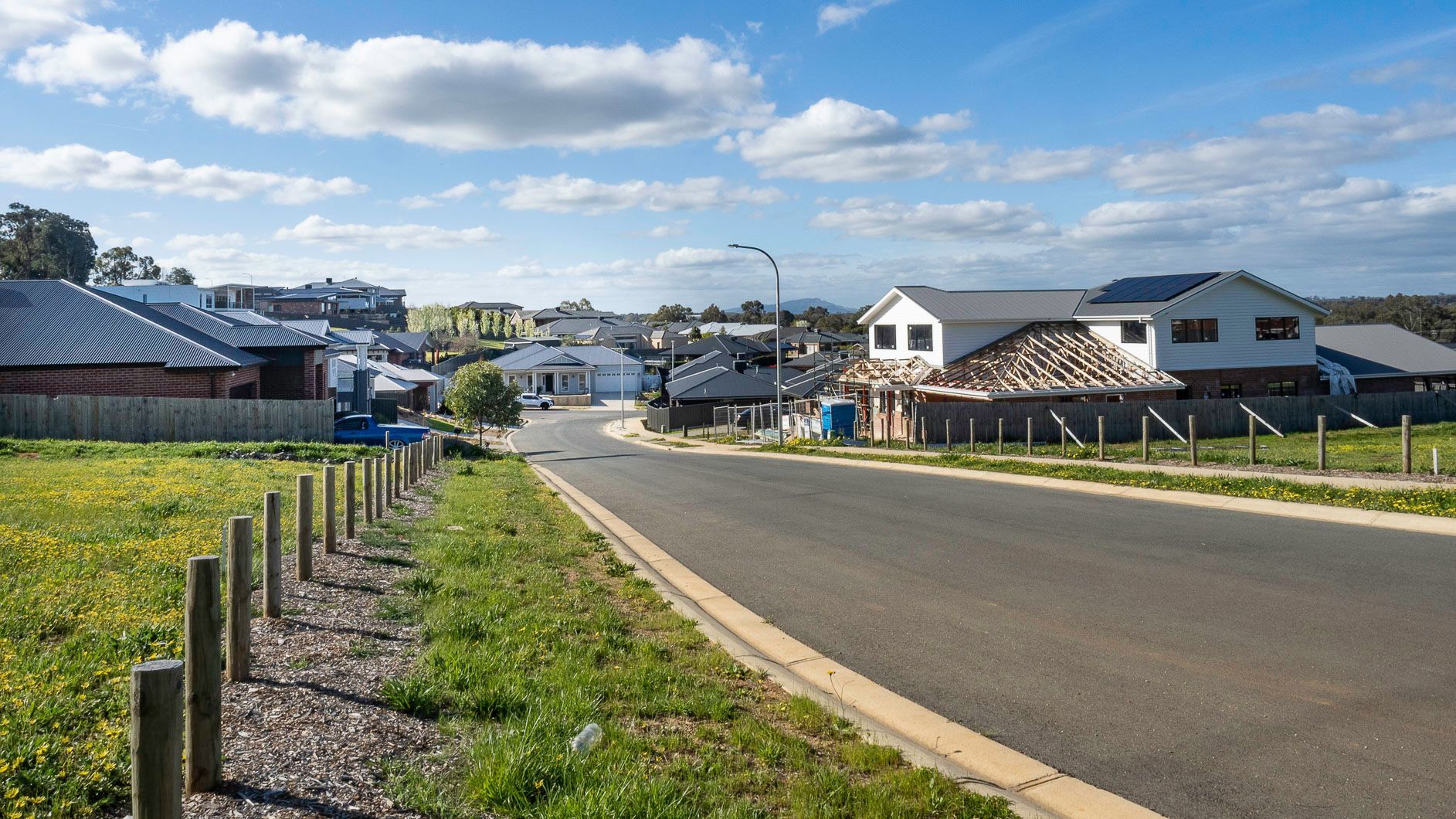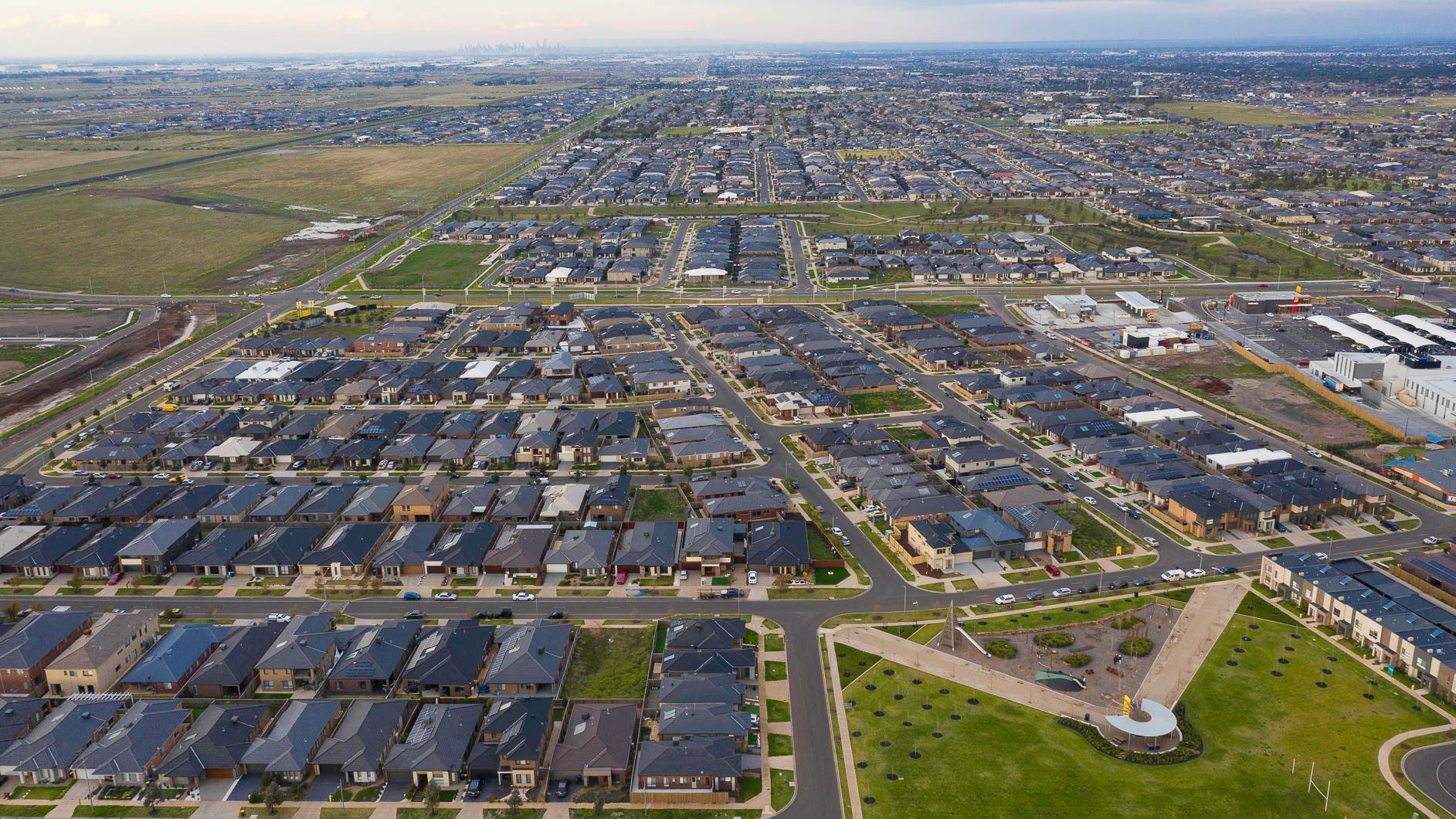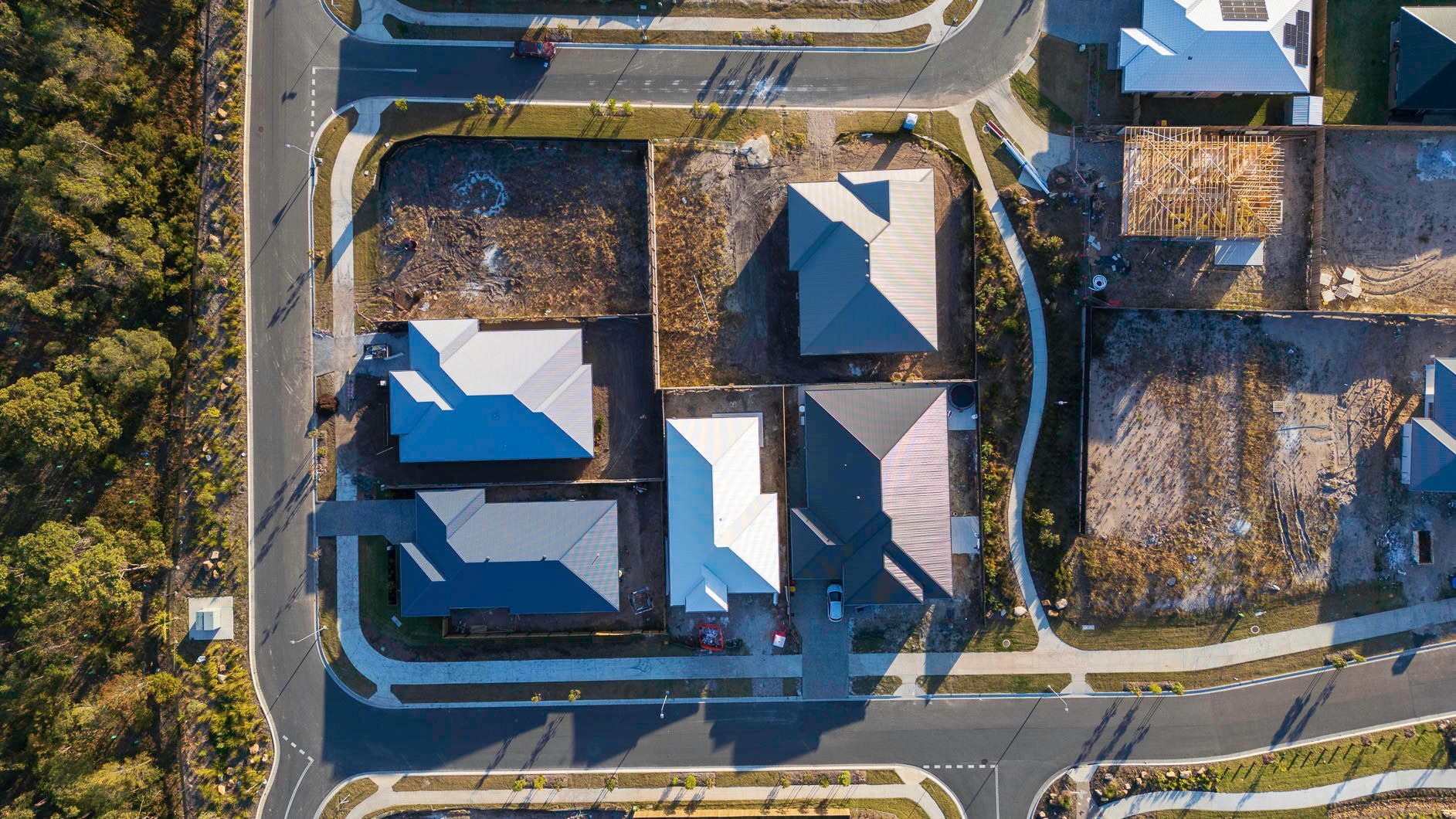Drones or Unmanned Aerial Vehicles (UAVs) are increasingly becoming recognised as an important tool in construction project management for collecting valuable data and insights during the construction process. In fact, the global UAVs market is forecasted to grow to US$40.6 billion by 2028 from US$17.0 billion in 2018 as many major construction companies in other countries begin to integrate UAVs into their work processes.
Drones not only improve the safety of work sites and are cost-saving compared to traditional surveying methods, their aerial perspective also offers near-limitless ways to gather and analyse data. They can provide high-precision data from all angles, covering high-rise assets as well as large areas in completely digital workflows.
Here are some of the major benefits construction companies are seeing from integrating drones into their practices.
Greater Accuracy in less time
Traditional methods of surveying that involve the collection and processing of data can take time and have more room for human error. However equipped with a LiDAR sensor, drones can do the same or better surveying a job in 60 to 70 percent less time. Since LiDAR works by transmitting a laser beam and measuring the return reflection on the airborne sensors, topography that could be difficult and time-consuming to navigate on foot becomes a much faster process. Mapping has been made much easier by making data collection simple and made available for 3D modelling and analysis.
Real-time insights
Another benefit of drones is that they make real-time analysis possible when used to assess ongoing activity, and CAN provide real-time insights for a broad range of stakeholders. Acting as a reliable monitor for construction site progress, a UAV can track progress and provide visibility regularly to the whole team, including surveyors and quality controllers. This kind of data can be crucial for project managers to ensure work remains on-track and determine whether changes may need to occur to do so.
Furthermore, real-time drone insights are helping to add further data points to design models, allowing for algorithms to automatically detect any errors in construction as they arise. Detecting potential issues as soon as they arise on a construction site is crucial to ensuring seamless workflows and reducing the cost impact to projects in the event of any necessary re-works.
Better safety and reduced risks
It’s no secret that construction sites pose a number of hazards when it comes to safety, especially if the site consists of uneven ground, pits and potentially hidden objects. For this reason, getting boots off the ground and putting drones in the air to survey and analyse the landscape can significantly help to reduce safety risks.
Construction managers are increasingly looking towards drones as a way to prevent accidents and injuries. The photos and video captured by drones allow everyone to see what’s going on at the site, such as shallow excavations, unstable structures or equipment placements, reducing risks to worker safety. The result is much safer construction sites and less financial risk to the project and the firm.
If you are looking to partner with an organisation that offers construction project management services or wish to capture data using drones, contact Balpara today.




